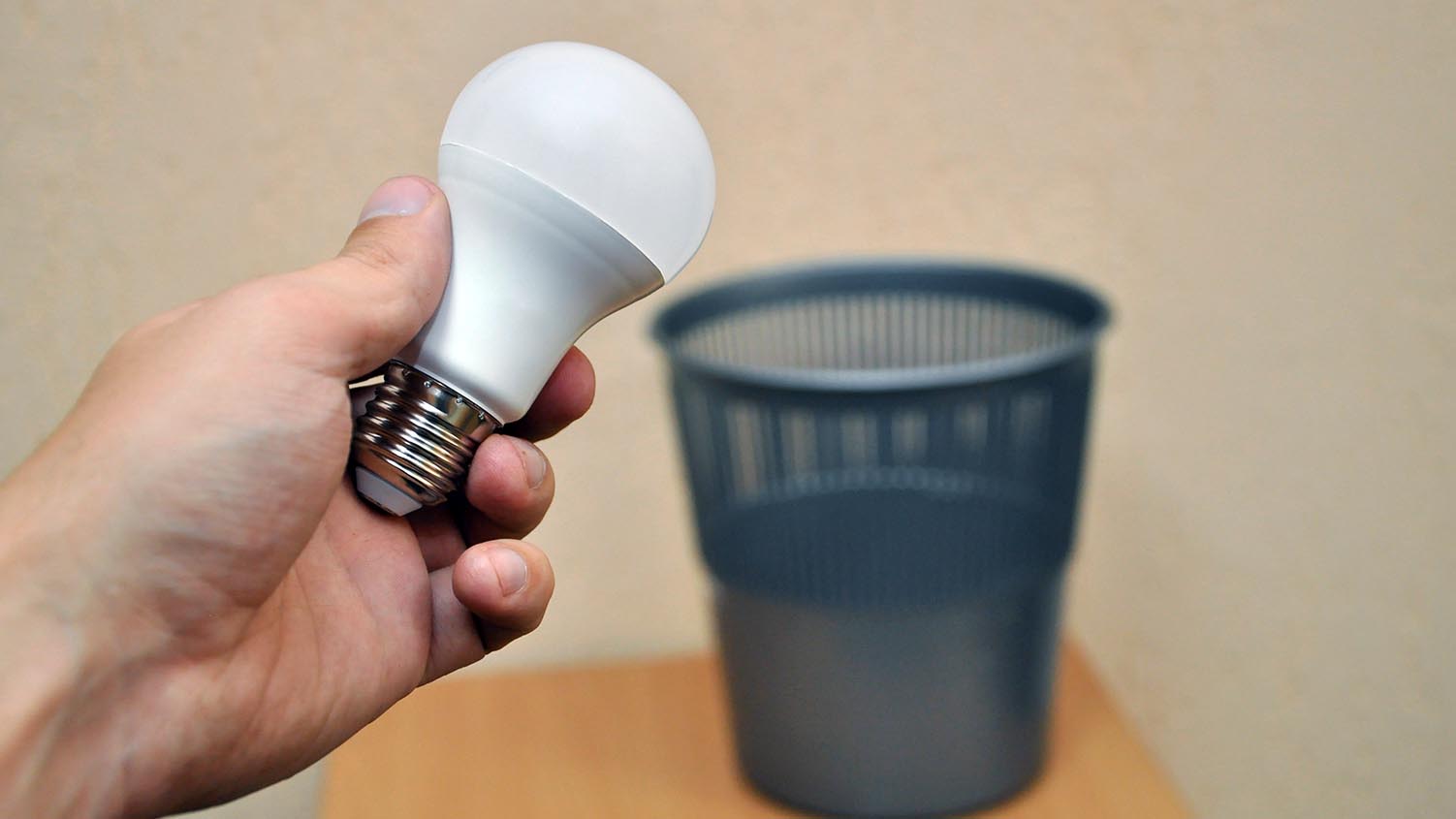

Articles
How To Dispose An LED Bulb
Modified: January 5, 2024
Learn the proper way to dispose of LED bulbs with our informative articles. Discover eco-friendly methods and prevent harm to the environment.
(Many of the links in this article redirect to a specific reviewed product. Your purchase of these products through affiliate links helps to generate commission for Storables.com, at no extra cost. Learn more)
Introduction
LED bulbs have become incredibly popular in recent years due to their energy efficiency and longevity. Unlike traditional incandescent bulbs, LED bulbs use light-emitting diodes to produce light. While LED bulbs offer numerous benefits, including cost savings and environmental friendliness, one question that often arises is how to dispose of them properly.
When it comes to disposing of LED bulbs, it is essential to follow the correct methods to minimize environmental impact and ensure compliance with local regulations. In this article, we will provide you with a comprehensive guide on how to dispose of LED bulbs safely and responsibly.
We will discuss the different options available for disposing of LED bulbs, including recycling and donating. Additionally, we will provide tips on how to store LED bulbs properly to maintain their quality and prolong their lifespan.
So, whether you have an LED bulb that has reached its end or you are planning for future disposal, this article will equip you with the knowledge and tools needed to make environmentally conscious decisions.
Key Takeaways:
- Properly disposing of LED bulbs through recycling or donation helps minimize environmental impact and extends their lifespan, promoting sustainability and energy efficiency.
- By following storage guidelines, you can protect LED bulbs from damage, maintain their performance, and ensure they are ready for use when needed, contributing to a more sustainable future.
Read more: How To Dispose A Light Bulb
Understanding LED Bulbs
Before diving into the proper disposal methods for LED bulbs, let’s take a moment to understand what makes them different from traditional incandescent bulbs.
LED, which stands for Light-Emitting Diode, is a semiconductor device that emits light when an electric current passes through it. Unlike incandescent bulbs that use a filament to produce light, LED bulbs use this electronic process to create illumination.
LED bulbs offer several advantages over traditional bulbs, making them a popular choice for lighting solutions in homes, offices, and public spaces. Here are some key features of LED bulbs:
- Energy Efficiency: LED bulbs are highly energy-efficient, consuming significantly less electricity compared to incandescent bulbs. This translates into cost savings on energy bills and a reduced carbon footprint.
- Long Lifespan: LED bulbs have an impressively long lifespan, often lasting tens of thousands of hours. This means fewer bulb replacements, reduced waste, and lower maintenance costs in the long run.
- Environmental Friendly: LED bulbs do not contain harmful substances like mercury, which is found in some traditional bulbs. This makes them safer for the environment and easier to dispose of.
- Instant Illumination: LED bulbs provide instant lighting without the need for warm-up time, unlike some other types of bulbs.
- Versatility: LED bulbs come in various shapes, sizes, and color temperatures, allowing for customization and adaptability to different lighting needs.
Understanding these characteristics of LED bulbs is crucial when it comes to their proper disposal. The longevity and environmental benefits of LED bulbs make it all the more important to dispose of them responsibly.
Disposing of LED Bulbs
When it’s time to dispose of LED bulbs, it’s important to follow the appropriate methods to ensure proper disposal and minimize environmental impact. Here are some options for disposing of LED bulbs responsibly:
- Recycling: Recycling is one of the most environmentally friendly ways to dispose of LED bulbs. Many communities have specific recycling centers or programs that accept LED bulbs. These facilities have the necessary equipment and expertise to handle and process LED bulbs in an environmentally safe manner. Before recycling LED bulbs, it’s advisable to remove any batteries or packaging materials, as these may require separate disposal methods.
- Drop-off Locations: In addition to recycling centers, there may be designated drop-off locations in your area where you can dispose of LED bulbs safely. These can include hardware stores, home improvement centers, or even local municipalities. Check with your local waste management or recycling programs to find out where these drop-off locations are and any specific guidelines they may have.
- E-Waste Programs: Electronic waste, or e-waste, programs are another option for disposing of LED bulbs. Many communities have e-waste recycling programs that accept a wide range of electronic devices, including LED bulbs. These programs ensure that electronic waste is recycled or disposed of properly, minimizing the release of hazardous materials into the environment.
- Special Collection Events: Some communities organize special collection events where residents can drop off various items, including LED bulbs, for proper disposal. These events are typically held periodically and offer a convenient and centralized way to dispose of unwanted LED bulbs. Keep an eye out for such events in your community and take advantage of them to dispose of LED bulbs responsibly.
It’s important to note that disposing of LED bulbs in regular household trash should be avoided. LED bulbs contain small amounts of hazardous materials such as lead and other heavy metals, which can pose a risk to the environment if not handled correctly.
By following these disposal methods, you can contribute to the proper management of LED bulb waste and help protect the environment for future generations.
Recycling LED Bulbs
Recycling LED bulbs is an environmentally responsible way to dispose of them and prevent them from ending up in landfills. When it comes to recycling LED bulbs, here are some steps you can take:
- Research Local Recycling Options: Start by researching local recycling centers or programs that accept LED bulbs. Check with your municipality or waste management facility for specific guidelines and locations. Some recycling centers even offer drop-off services specifically for light bulbs and other types of electronic waste.
- Prepare Bulbs for Recycling: Before recycling LED bulbs, it’s important to prepare them properly. Remove any batteries or packaging materials attached to the bulb. Some LED bulbs may have additional components, such as plastic or metal casings, that need to be separated before recycling. Check with your local recycling center for any specific requirements regarding bulb preparation.
- Safely Transport the Bulbs: When transporting LED bulbs for recycling, it’s crucial to handle them with care to prevent breakage. Consider wrapping the bulbs in newspaper or bubble wrap to provide cushioning and protect them during transportation. Place them in a sturdy box or container to prevent accidental damage or exposure to other recyclables.
- Follow Recycling Center Guidelines: When you arrive at the recycling center, follow their guidelines for LED bulb disposal. Some centers may have separate collection bins for different types of light bulbs, so be sure to place your LED bulbs in the correct designated area. If there are specific instructions or procedures, such as filling out a form or providing information, follow them accordingly.
- Consider Manufacturer Programs: Some manufacturers have their own recycling programs for their products, including LED bulbs. Check with the manufacturer of your LED bulbs to see if they offer any recycling options or take-back programs. They may provide instructions on how to return the bulbs directly to them or offer information on participating retailers or collection points.
By recycling LED bulbs, you contribute to the preservation of valuable resources and reduce the environmental impact associated with electronic waste. Remember to always follow the guidelines provided by your local recycling facility to ensure that your LED bulbs are recycled in the most eco-friendly way possible.
When disposing of LED bulbs, it’s important to recycle them properly. Many hardware stores and recycling centers accept LED bulbs for safe disposal. Be sure to check with your local facilities for the best way to recycle LED bulbs in your area.
Donating LED Bulbs
If you have LED bulbs that are still in good working condition but no longer needed, donating them can be a great alternative to throwing them away. By donating LED bulbs, you extend their lifespan and provide someone who may not be able to afford new bulbs with a more energy-efficient lighting option. Here’s how you can donate LED bulbs:
- Charitable Organizations: Research local charitable organizations, community centers, or non-profit groups that accept donations of LED bulbs. These organizations often have programs or initiatives aimed at providing resources to low-income households or communities in need. Reach out to them and inquire about their donation guidelines and any specific requirements they may have.
- Community Groups: Check if there are any community garden projects, schools, or local community centers that could benefit from donated LED bulbs. These organizations may use them for lighting in their facilities or for specific events or projects. Reach out to them directly and find out if they accept LED bulb donations and how you can contribute.
- Social Media and Online Platforms: Utilize social media platforms or online classified websites to connect with individuals or groups who may be interested in receiving donated LED bulbs. There are often local community groups or online forums where people exchange or give away items. Post about your LED bulbs and see if there are any takers in your area who could put them to good use.
- Habitat for Humanity ReStore: Habitat for Humanity’s ReStore is a nonprofit home improvement store and donation center that operates in many communities. They accept gently used construction materials, including LED bulbs. Contact your local ReStore to find out if they accept LED bulb donations and how you can contribute to their cause.
- Lighting Retrofit Programs: Some cities or utility companies offer lighting retrofit programs that encourage the adoption of energy-efficient lighting systems. These programs may accept LED bulb donations as part of their initiatives to support energy-saving efforts. Check with your local municipality or utility company for any such programs in your area.
Before donating LED bulbs, ensure that they are in good working condition and free from any damage. It’s also a good idea to include any necessary accessories, such as light fixtures or adapters, if applicable. By donating LED bulbs, you not only help individuals and organizations in need but also promote sustainability and energy efficiency in your community.
Read more: How To Make A Light Bulb
Proper Storage of LED Bulbs
Proper storage of LED bulbs is essential to maintain their quality and prolong their lifespan. Whether you are storing LED bulbs temporarily or keeping extras for future use, following a few simple guidelines can help ensure their longevity. Here’s how to store LED bulbs properly:
- Keep Bulbs in Original Packaging: Whenever possible, store LED bulbs in their original packaging. The packaging is designed to provide protection and cushioning, reducing the risk of damage during storage. If you no longer have the original packaging, consider using a sturdy box or container that is the appropriate size to hold the bulbs securely.
- Avoid Extreme Temperatures: LED bulbs are sensitive to extreme temperatures. Store them in a cool, dry area away from direct sunlight and heat sources. Avoid locations that experience frequent temperature fluctuations, such as attics or garages. Temperature variations can affect the performance and lifespan of LED bulbs.
- Protect from Moisture and Humidity: Moisture and humidity can damage LED bulbs and lead to malfunction. Store LED bulbs in a location where they are protected from excessive moisture and humidity. Consider using airtight containers or moisture-absorbing packets to prevent moisture buildup.
- Avoid Excessive Handling: LED bulbs are delicate and can be easily damaged by rough handling. Minimize excessive handling, especially when storing or moving the bulbs. Avoid dropping or shaking them, as it can cause internal components to shift or break. Handle with care to prevent any physical damage.
- Organize and Label: If you have multiple LED bulbs, keep them organized and label them accordingly. This will make it easier to locate specific bulbs when needed without rummaging through storage boxes. Consider using dividers or separate containers for different types or sizes of LED bulbs.
- Regularly Check Stored Bulbs: Periodically check on the LED bulbs you have stored to ensure they are in good condition. Inspect for any signs of damage, such as broken casings or loose connections. If you come across any damaged bulbs, dispose of them properly according to the recycling or disposal methods mentioned earlier.
By following these storage guidelines, you can protect your LED bulbs from damage, maintain their performance, and extend their lifespan. Proper storage also ensures that the bulbs are ready for use when you need them, saving you money and resources in the long run.
Conclusion
Properly disposing of LED bulbs is crucial for minimizing environmental impact and promoting sustainability. By following the correct methods for disposing of LED bulbs, you can ensure that they are recycled or donated, rather than ending up in landfills. Recycling LED bulbs, whether through designated centers or drop-off locations, allows for the recovery of valuable materials and reduces the release of hazardous substances into the environment.
In addition to recycling, donating LED bulbs that are still in good working condition is an excellent way to extend their lifespan and provide energy-efficient lighting options to those in need. By reaching out to local charitable organizations or community groups, you can find opportunities to contribute to your community and make a positive impact.
Proper storage of LED bulbs is equally important in maintaining their quality and longevity. Following guidelines for storage, such as keeping them in original packaging, protecting them from extreme temperatures and humidity, and handling them with care, ensures that the bulbs are ready for use when needed.
By implementing responsible disposal and storage practices for LED bulbs, you contribute to a more sustainable future. As LED technology continues to advance and become more prevalent, it is crucial that we handle the associated waste responsibly. Together, we can reduce environmental impact, conserve resources, and promote energy efficiency through proper disposal and storage of LED bulbs.
Remember, every small action counts. By taking steps to dispose of LED bulbs properly and store them correctly, you are making a difference and contributing to a greener and more sustainable world.
Frequently Asked Questions about How To Dispose An LED Bulb
Was this page helpful?
At Storables.com, we guarantee accurate and reliable information. Our content, validated by Expert Board Contributors, is crafted following stringent Editorial Policies. We're committed to providing you with well-researched, expert-backed insights for all your informational needs.
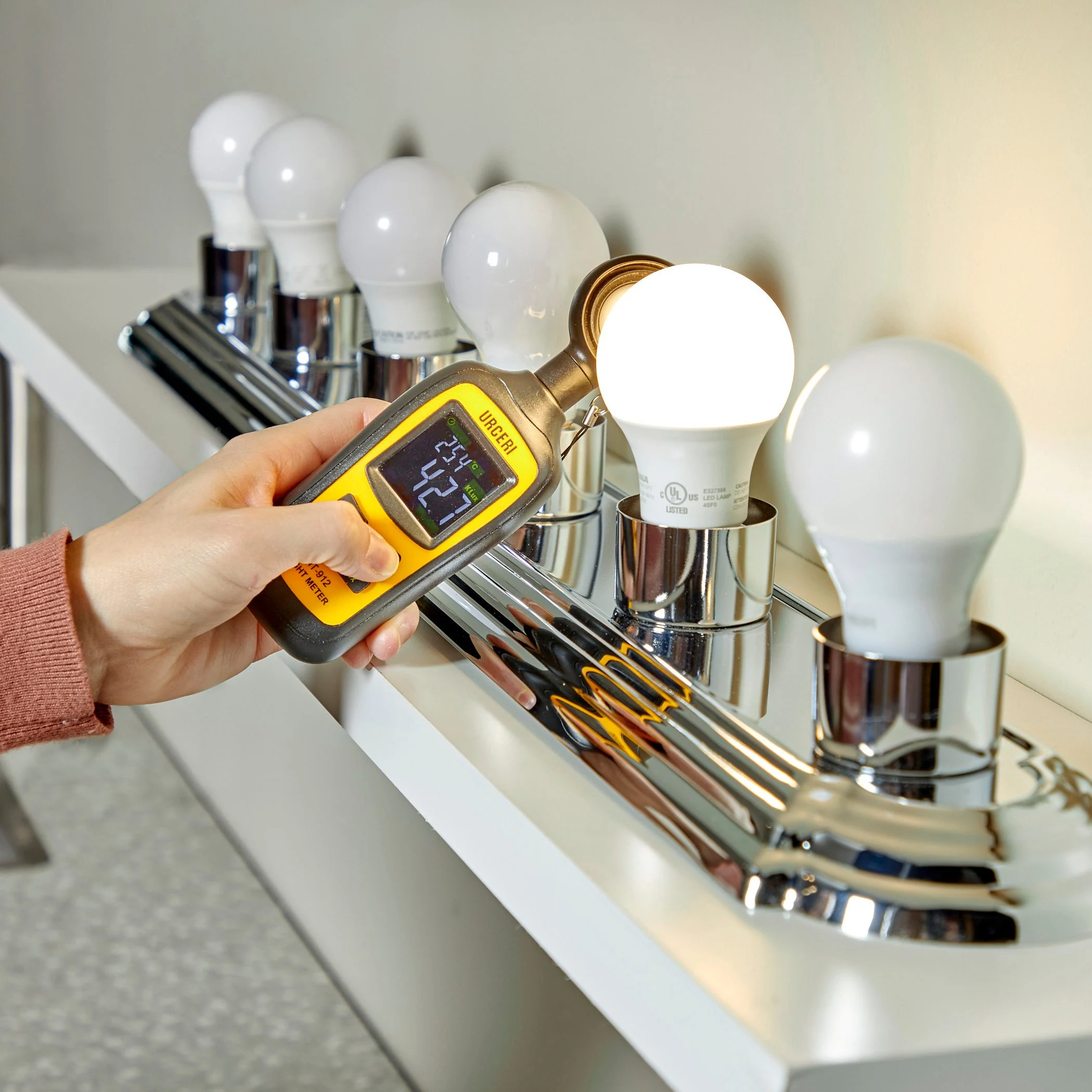
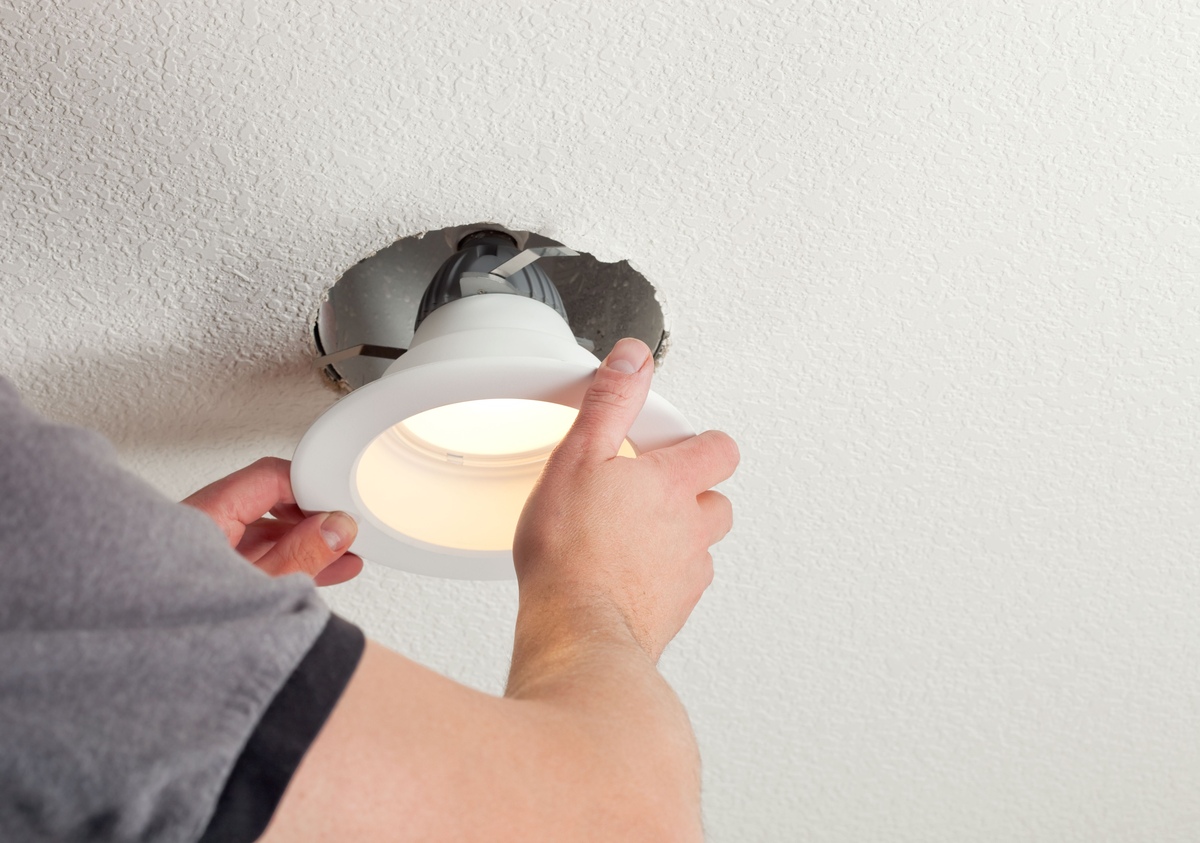
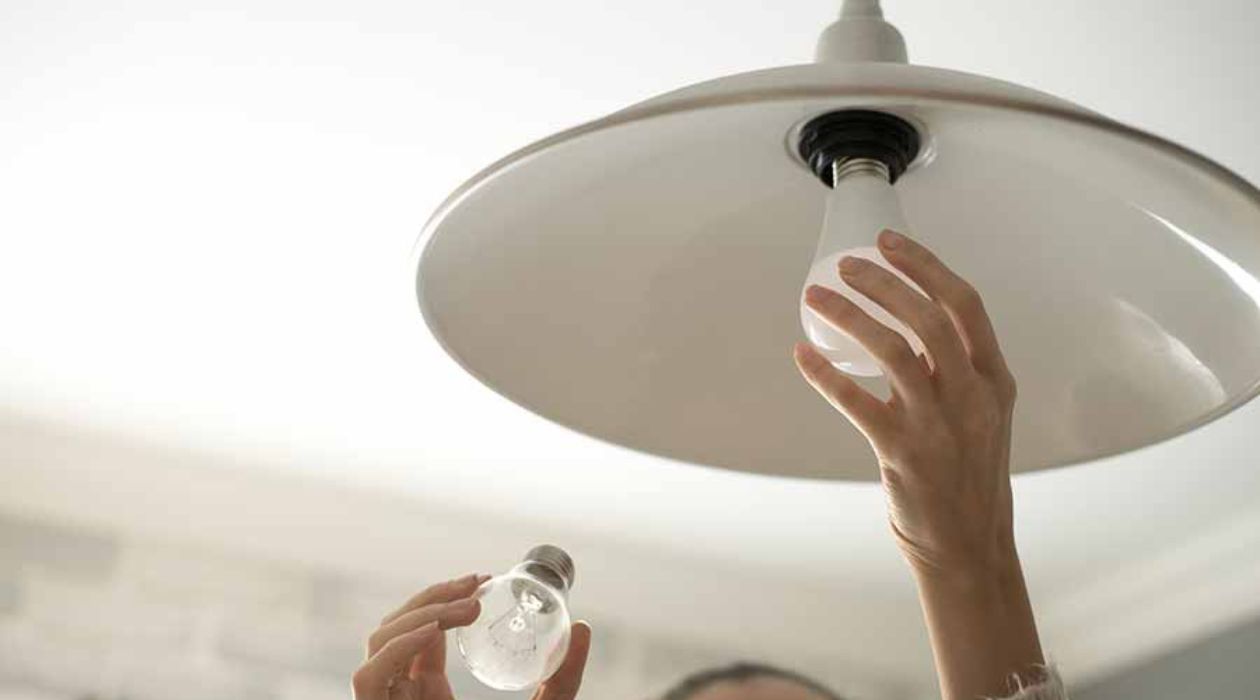
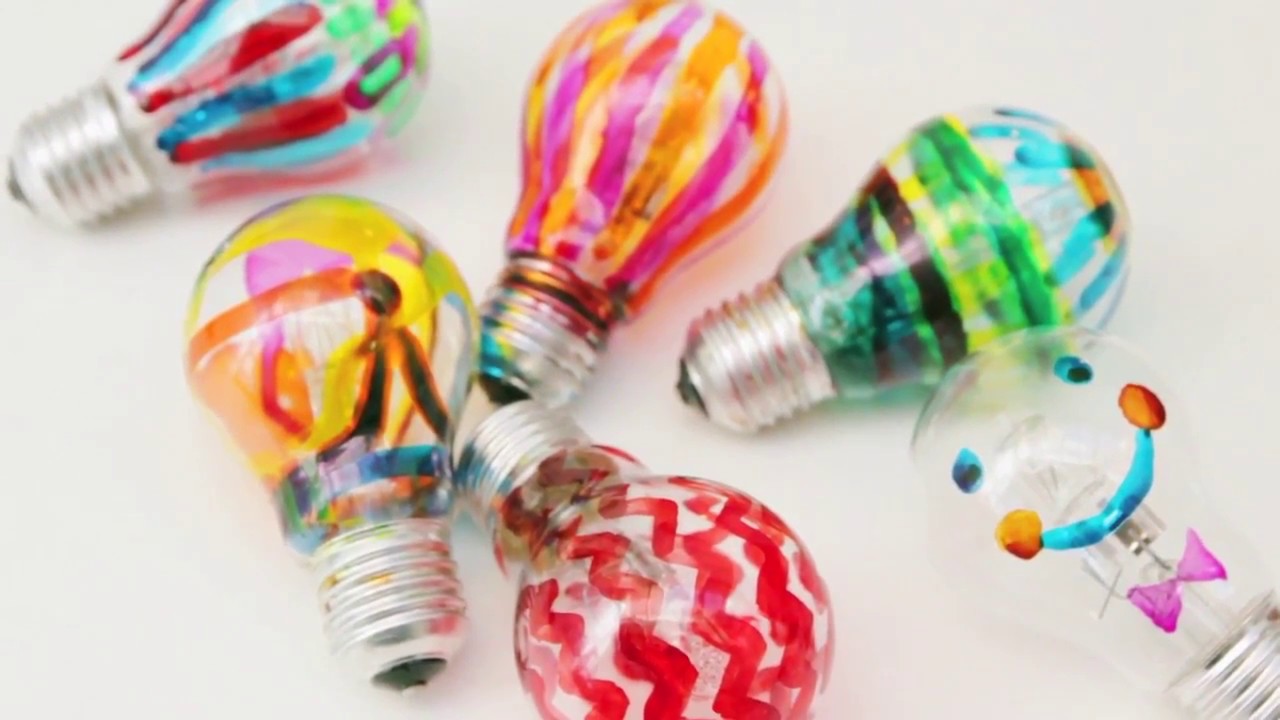
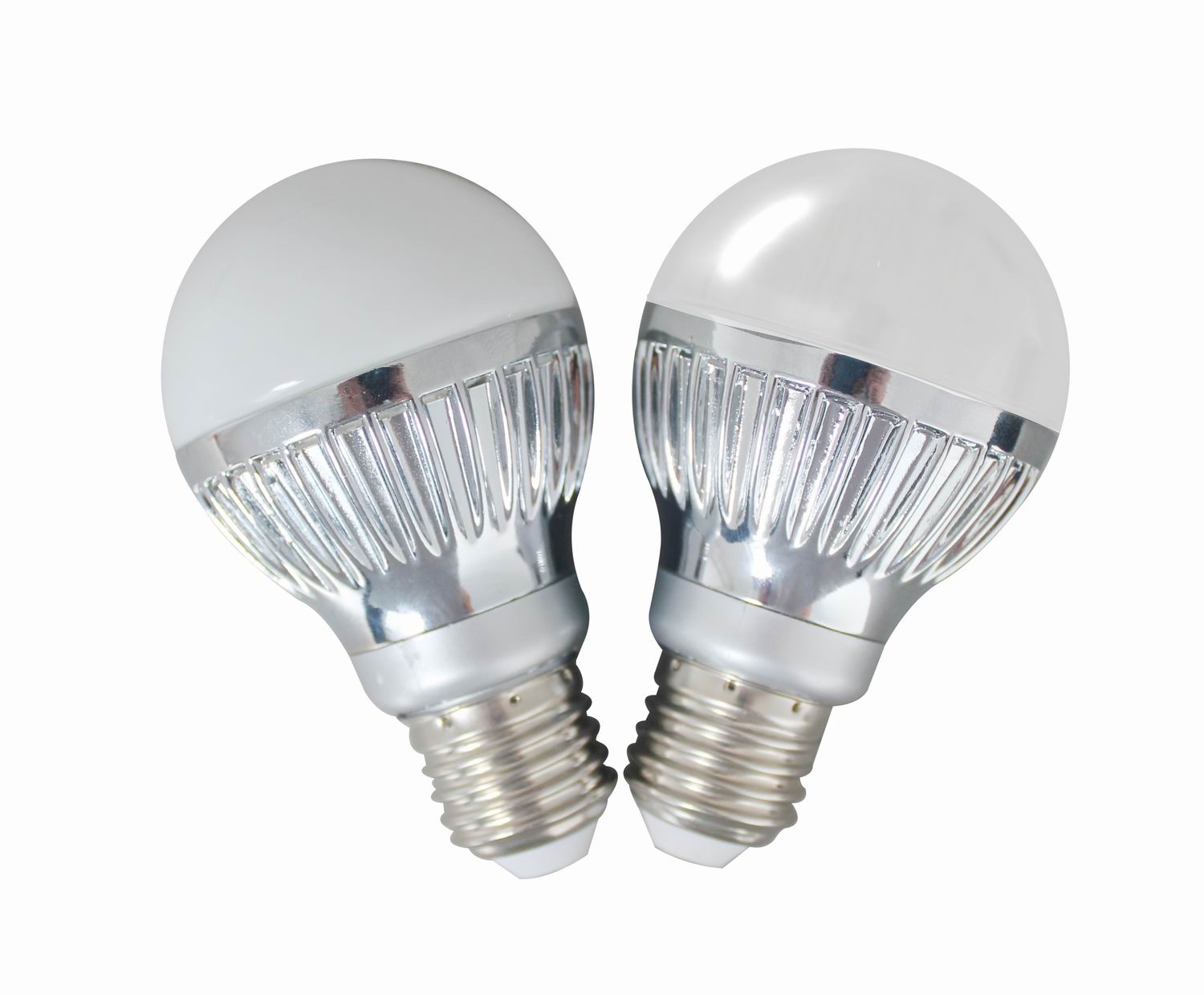

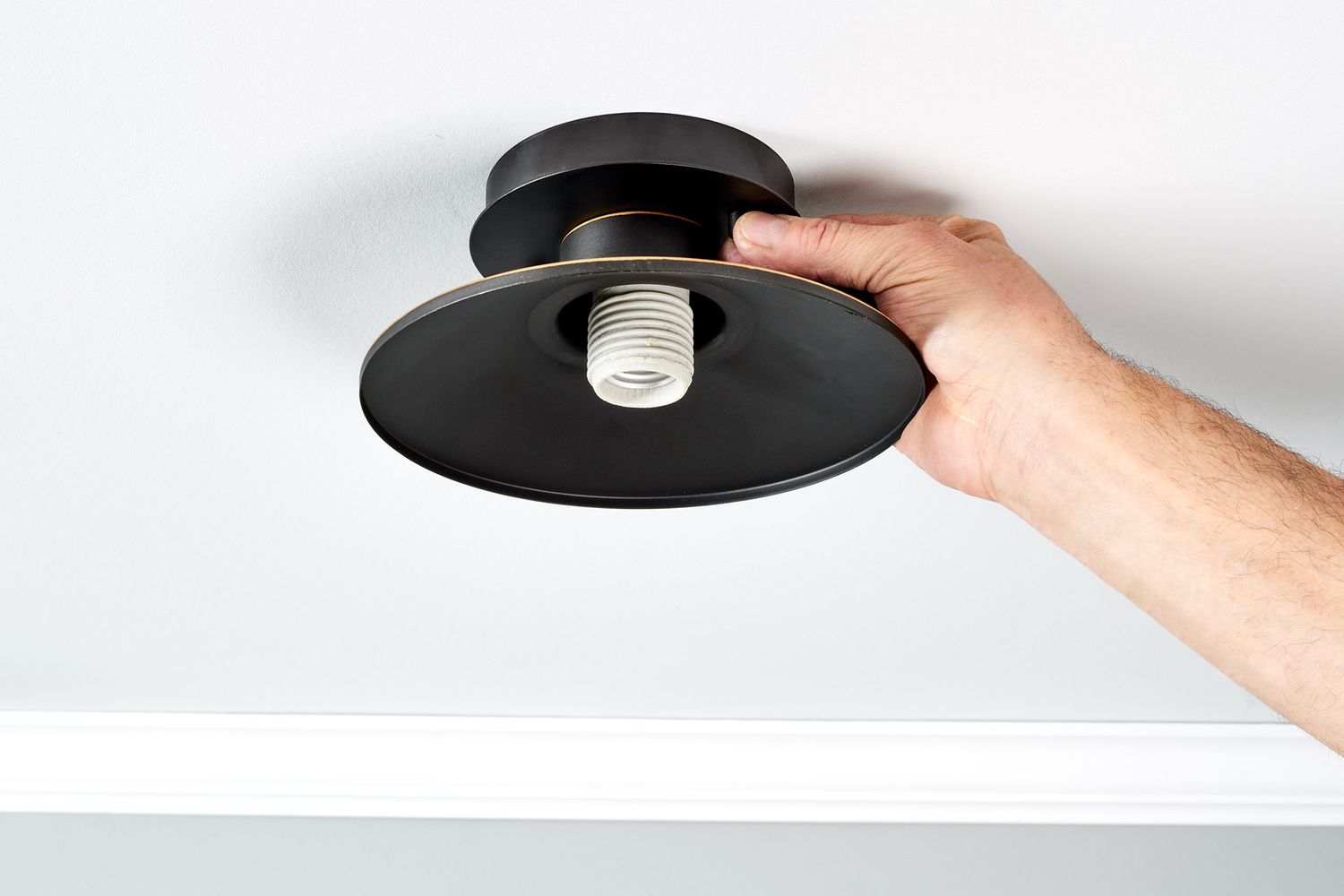
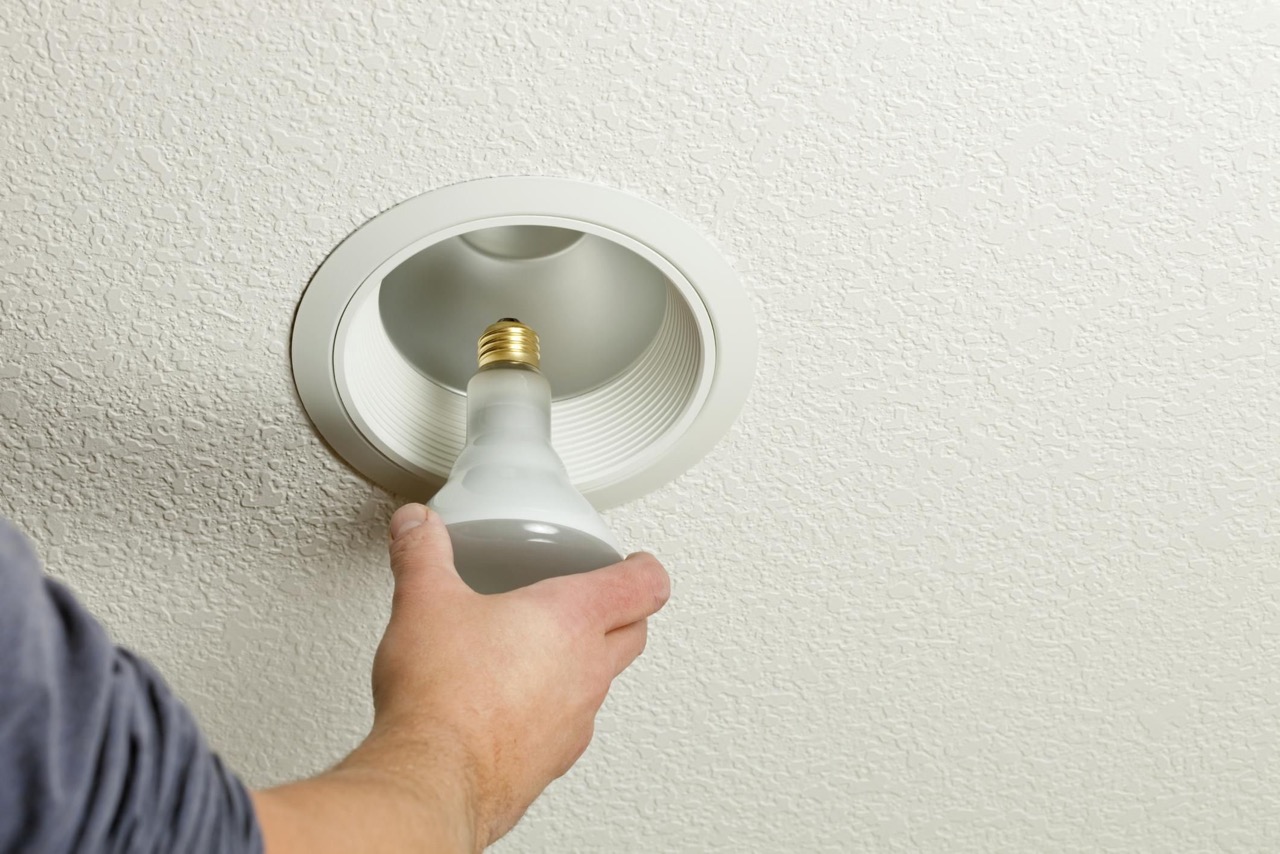
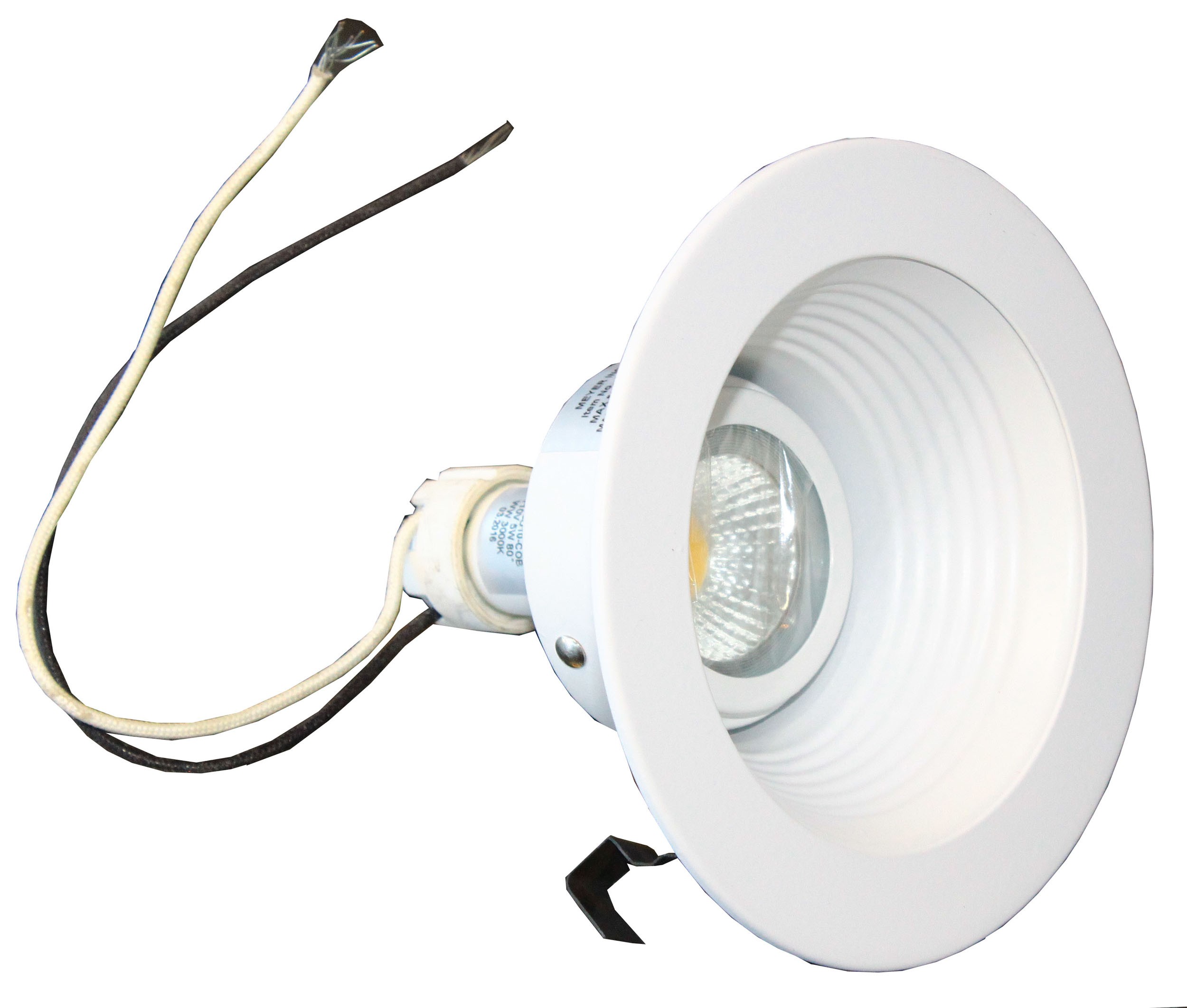
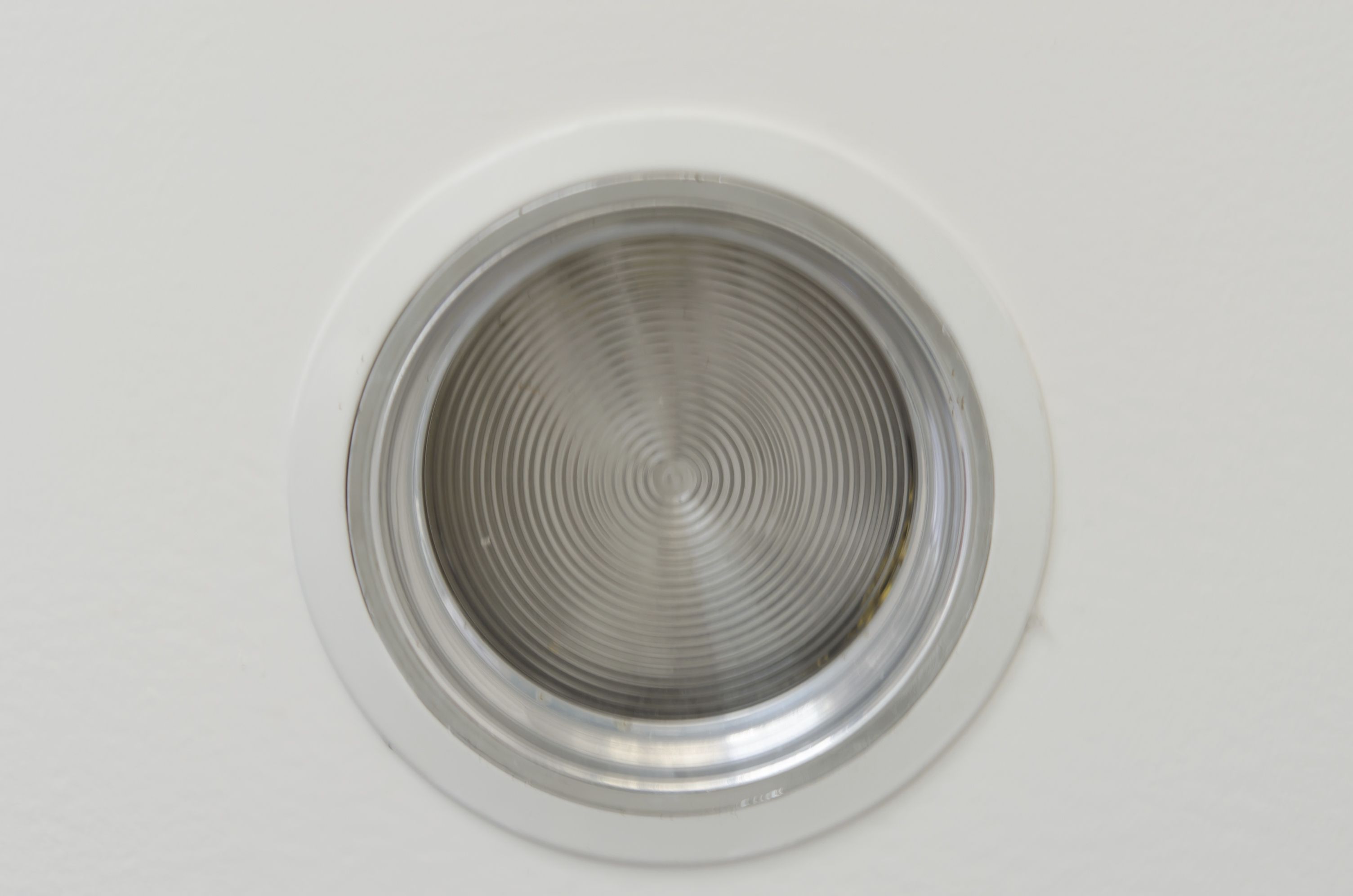
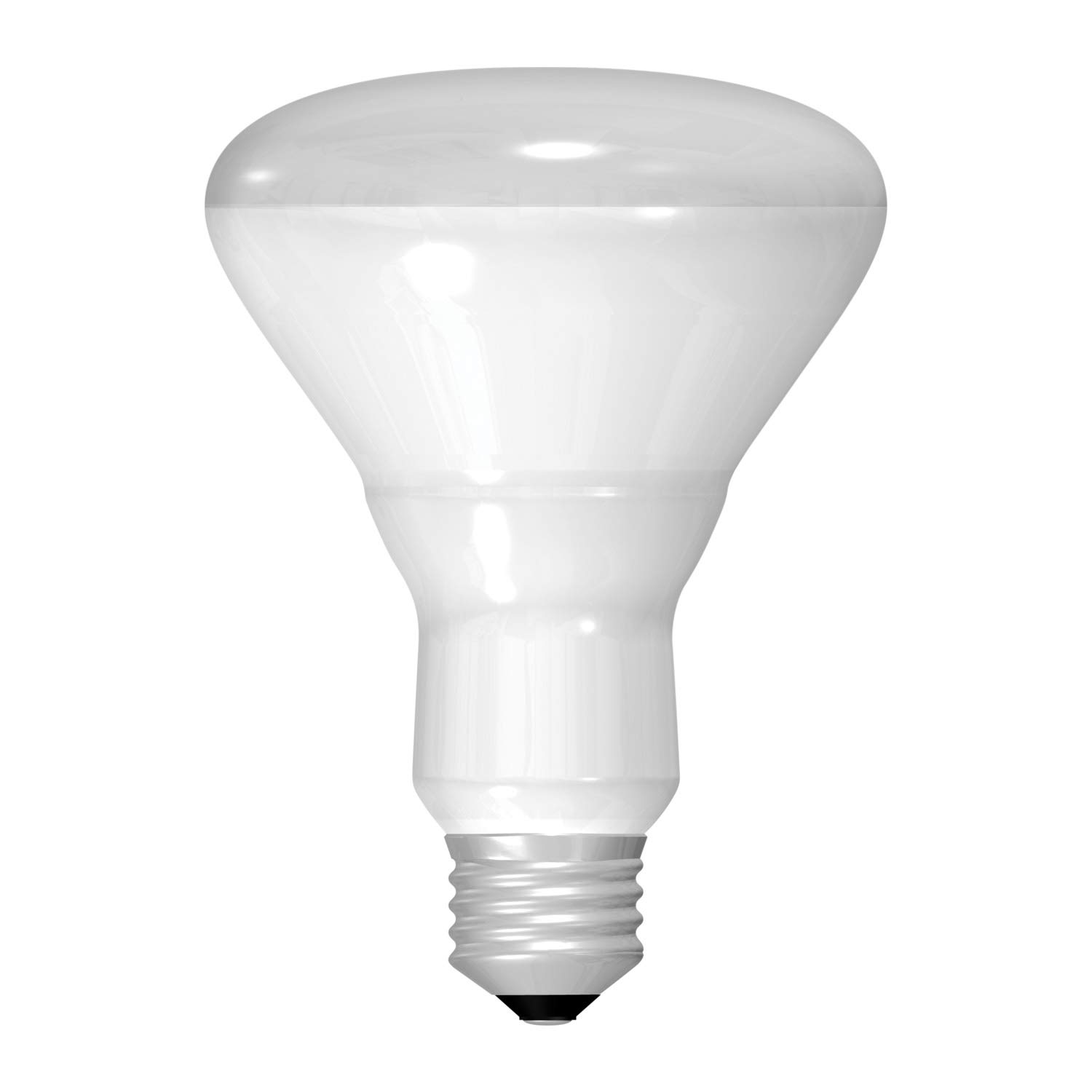
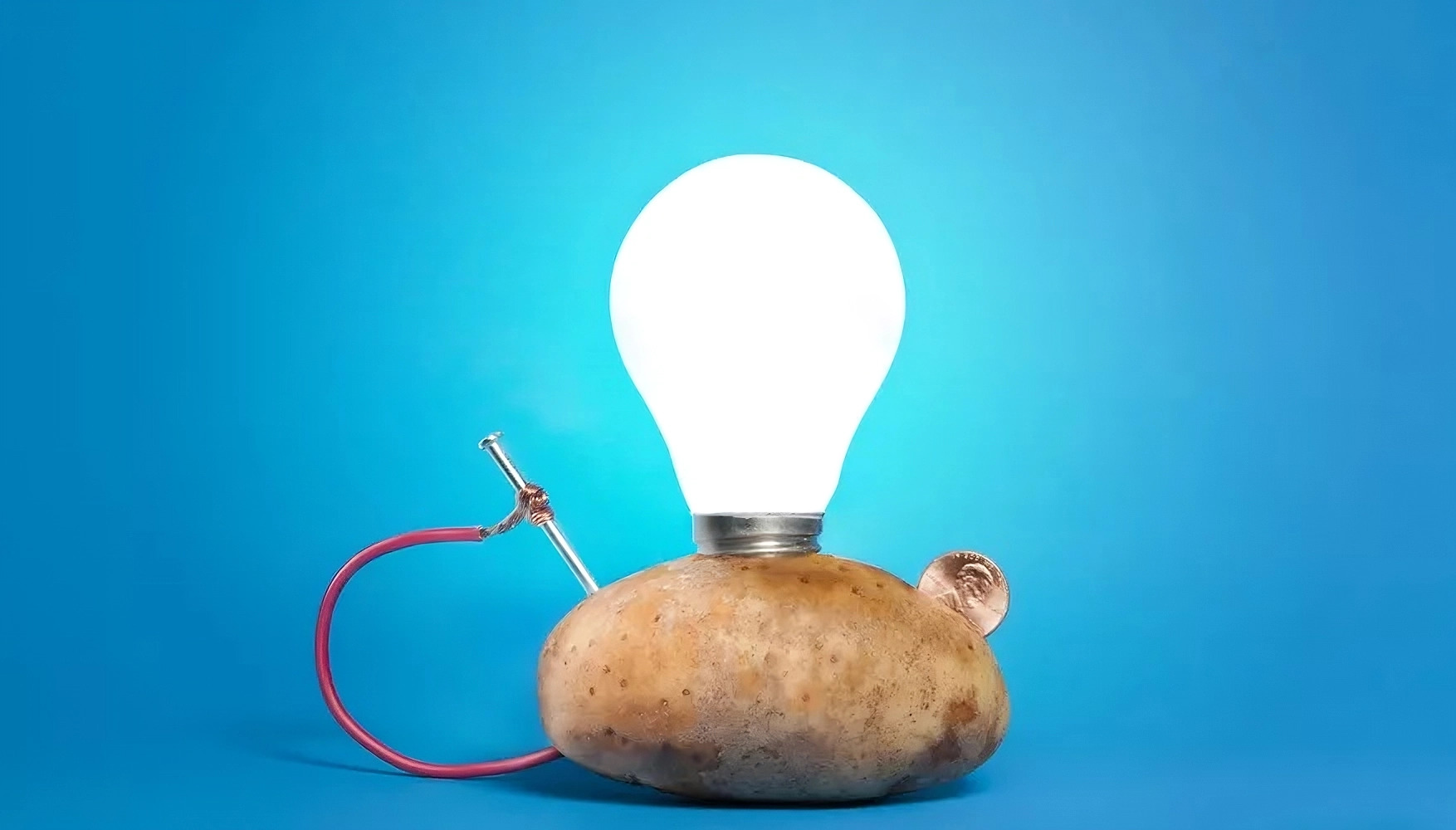
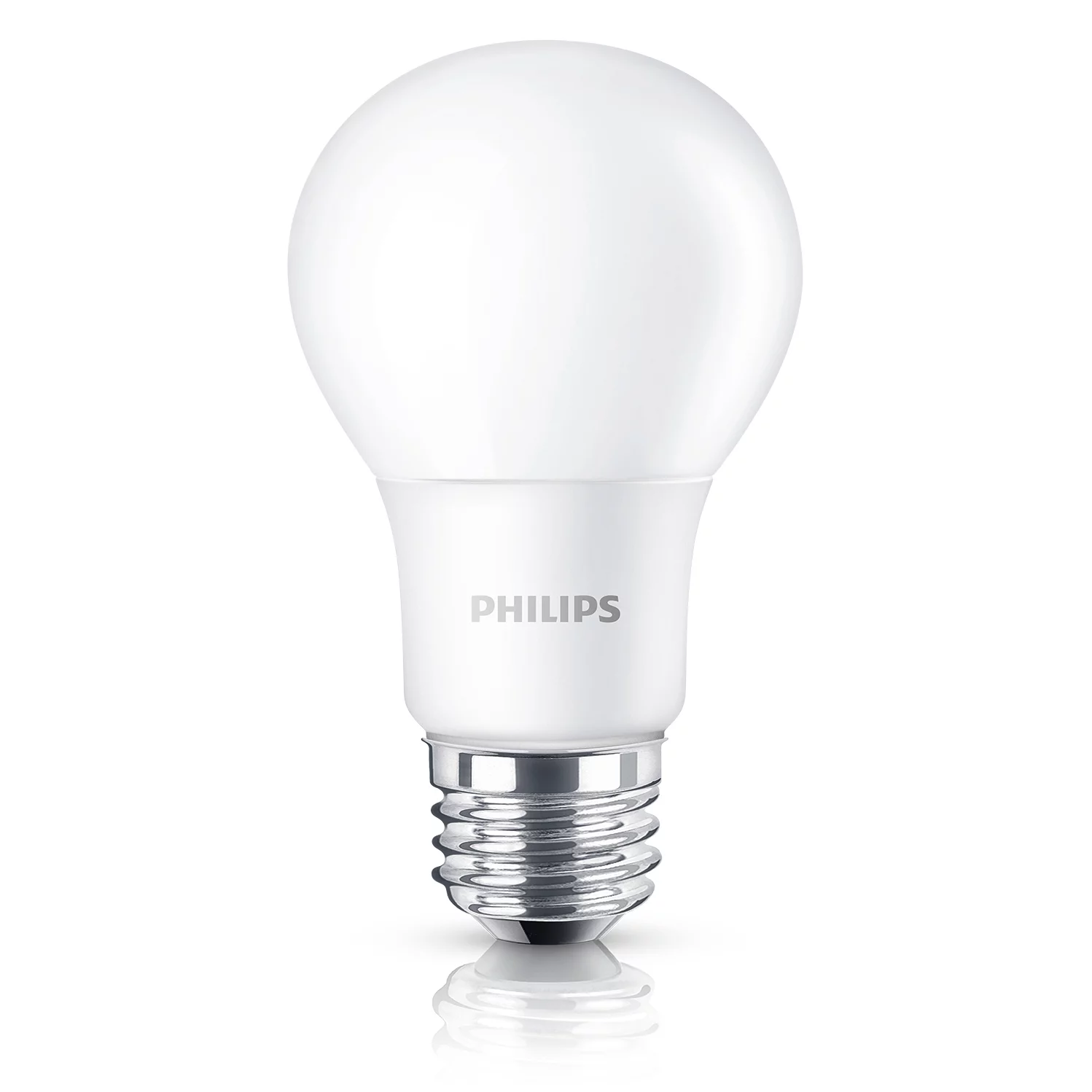
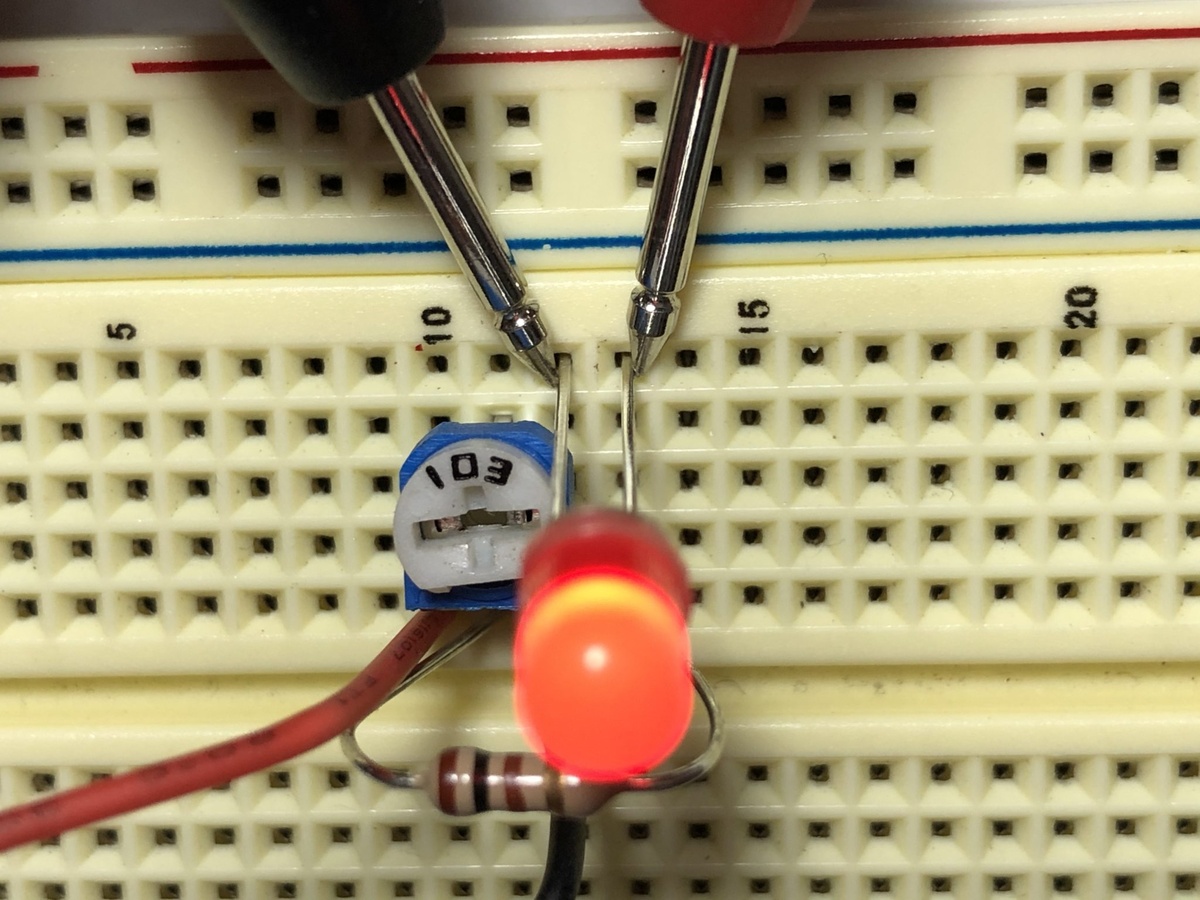

0 thoughts on “How To Dispose An LED Bulb”